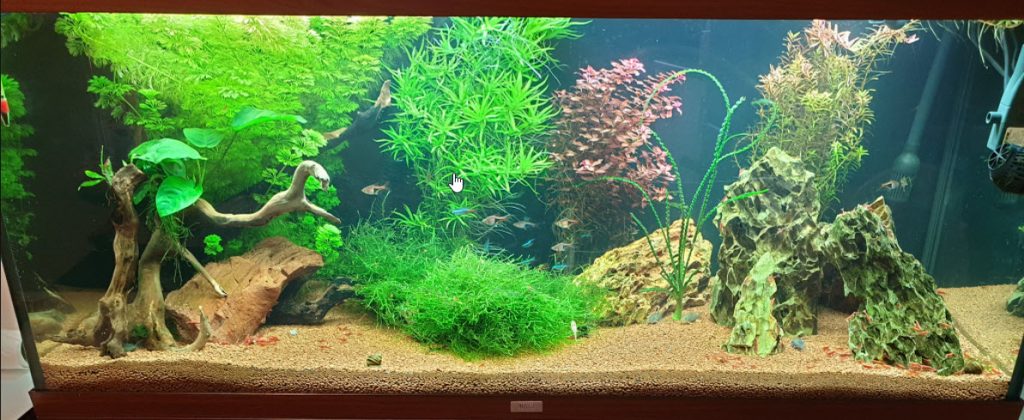
How “Good” is a Filter?
What must be emphasized here is that most people key in on only ammonia and nitrite oxidation when looking at a filter. For instance, if a hang-on-back cartridge filter gives zero ammonia and zero nitrite then you see comments like “the hang-on-back cartridge works fine”. Ammonia and nitrite oxidation require very little from a filter. So filters like cartridge hang-on-back filters “work fine”.
What is being missed is the concept of crystal-clear water. That is water so clear that if you look down the length of a six-foot aquarium you would think the fish are swimming in air. Crystal clear water requires twenty times more surface area that does ammonia oxidation.
And the need for “crystal clear” water goes beyond aesthetics. Fish which are in crystal clear water will almost always be very healthy fish that don’t get diseases. This is because crystal clear water is very clean water. The cleaner the water the healthier the fish.
So the choice of which filter to use just boils down to a personal choice depending on what one wants from their aquarium. An aquarium with no ammonia, “dull” water and a lot of disease OR an aquarium with no ammonia and crystal clear water with healthy fish. The choice is up to the hobbyist.
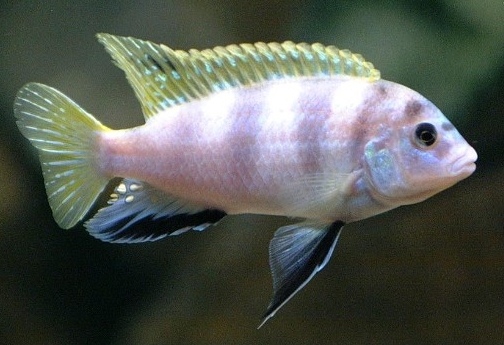
Abstract
A test of the ammonia oxidizing capability of various filters was done with the media recommended for use with them, except that any mechanical filtration such as Polyfil or 40 ppi foam was not used. The various filters and their ammonia oxidizing capabilities tracked very closely to their filter media volume. Cartridge filters and hang-on-back filters did not do well, canisters and under-gravel filters did moderately well, and the sumps did great.
It has to be noted that the cartridge hang on back filters, bottom flow hang on back and the canisters were filled with the media that came with them. The performance of these filters would probably be two or three times better if they had been filled with 20 ppi foam.
As a side test an aquarium with only one inch of gravel substrate was set up and tested. This test looked at the concept that substrate will develop a lot of beneficial bacteria and act as a filter media, oxidizing ammonia to nitrite. This was the “One Inch of Gravel” aquarium. This gravel did very little biofiltration (13% of a small cartridge HOB), proving substrates do not house many beneficial bacteria.
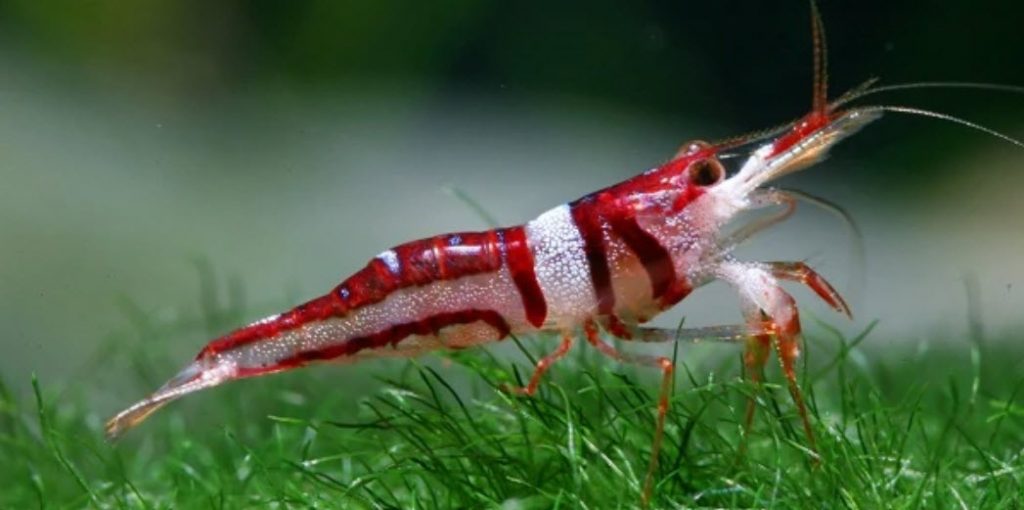
Ammonia Oxidation Test Results
Ammonia was added every day to forty gallon (150 liter) aquariums with various filters. The resulting ammonia levels were measured after three days, and the amount of ammonia added adjusted according to the measured ammonia level. The ammonia levels were then measured every three days and the daily ammonia addition was adjusted based on the results of the ammonia test. These are the results:
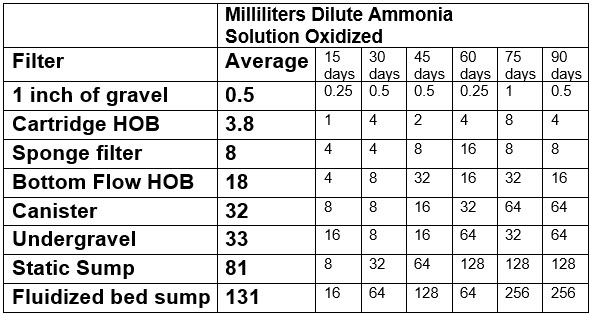
Each milliliter of solution represents the ammonia that very roughly 0.11 pounds (50 grams “metabolic weight”) of fish can put out at a feeding rate of 1.5% per day. So a ten gallon fluidized bed sump can handle 15 pounds (6,550 grams “metabolic weight”) of fish for only ammonia oxidation while substrate can only handle 25 grams of fish (“metabolic weight”). A cartridge hang on back can handle a surprising 190 grams (“metabolic weight”) of fish for ONLY ammonia oxidation, if the HOB filter isn’t changed out or thoroughly cleaned.
Some would argue the numbers are close to twice this as the 90 days figure should be used. It is unimportant. What is important is the relationship between the numbers.
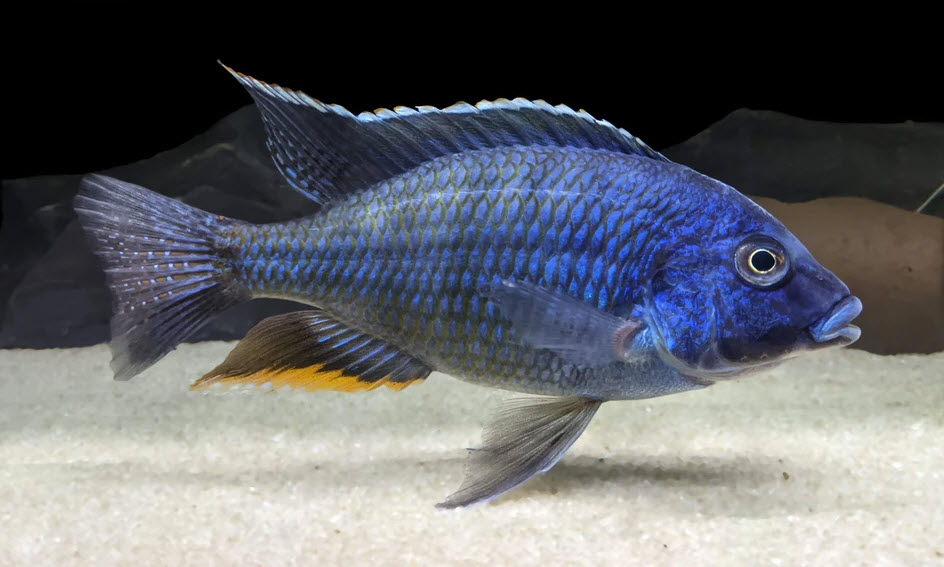
Discussion of Results
This test is easily performed by anyone who wishes to duplicate it. This test was unusual. Normally Mother Nature is unpredictable and normally gives you at least one unexpected result. This test was completely predictable, with no surprises.
Note that the “One Inch of Gravel” in this test fairly well puts to rest the idea that the substrate in an aquarium acts as an ammonia oxidizer. This idea is a myth, per this test. Note that 0.5 milliliter is the ammonia that a few three inch fish would put out, so it is possible to have an aquarium with no filter in it and no ammonia. It’s just that the stocking must be very light. A gravel substrate is a very weak bio-filter.
The research literature supports this conclusion about substrate not doing biofiltration. Reference: “Temporal and Spatial Stability of Ammonia-Oxidizing Archaea and Bacteria in Aquarium Biofilters”, Bagchi et. al., 2014:
“Nitrogen balances for three freshwater aquaria showed that active nitrification by aquarium biofilters accounted for ≥81–86% of total nitrogen conversion in the aquaria.”
So Bagchi found that all the surfaces in an aquarium that were not in the filter such as the substrate only accounted for 14% to 19% of the nitrification. The “bucket test” described here gave very similar results. In this “bucket test” the gravel did 13% of the filtration of a small HOB filter. So reasonably active nitrification by aquarium biofilters accounted for 87% of total nitrogen conversion in aquariums by this test.
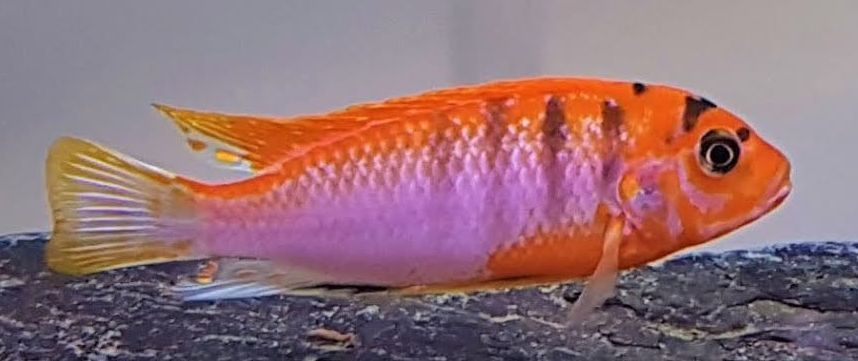
Test Procedure
To test the ammonia oxidizing capability of various aquarium filters eight forty-gallon aquariums were set up (actually four forty-gallon aquariums set up twice).
The recommended filter media was put in various filters (sumps got K1 both static and fluidized), A cup of brown water from the squeezing of several established sponge filters was added to each aquarium.
Each of the aquariums was filled to the brim with 8.1 pH well water. The level was only topped off when it dropped. The media was not cleaned during the test nor was the water changed. The pH was kept above 7.4 by adding baking soda when the pH dropped. Nitrates and nitrites were not measured.
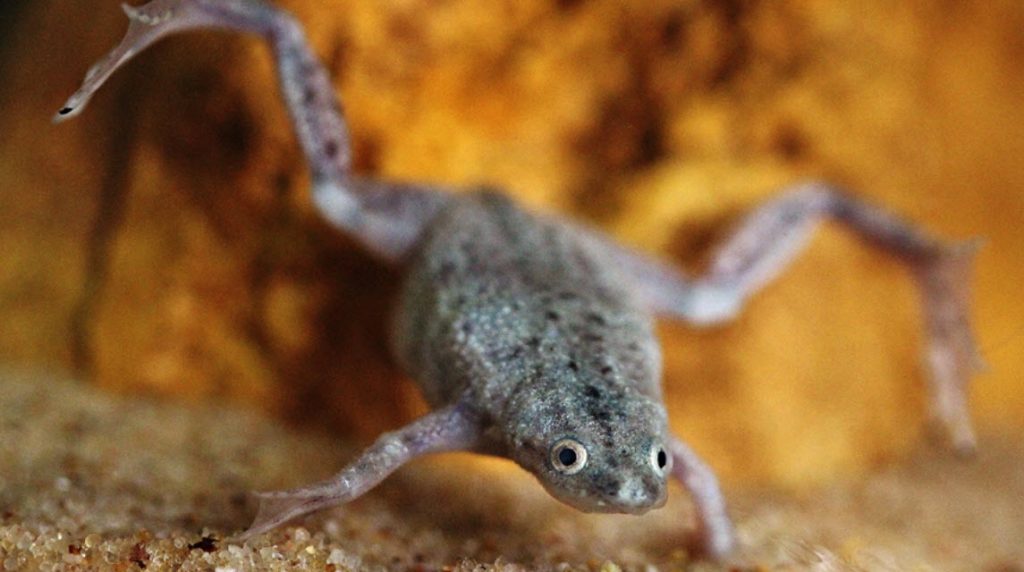
Each aquarium had 2 ppm of ammonia added every day for the first eight days to start the cycle. Each aquarium also had one tablespoon mono calcium phosphate added initially to provide phosphate for the beneficial bacteria.
A test solution of ammonium sulfate was made up. This solution was then added daily to the 40 gallon (150 liters) test tanks in milliliters using pipettes and graduated cylinders. Each milliliter had 0.05 ppm ammonia in it for a forty gallon tank.
After nine days, if the ammonia test was at or below 0.5 ppm. the number of milliliters added was doubled. If the ammonia test was between 0.5 ppm and 4.0 ppm. the number of milliliters was kept the same. Above 4.0 ppm and above of ammonia, the number of milliliters was cut in half. The ammonia level was measured every three days. Ammonium/ammonia nutrient solution was added accordingly daily. The test was run for 90 days.
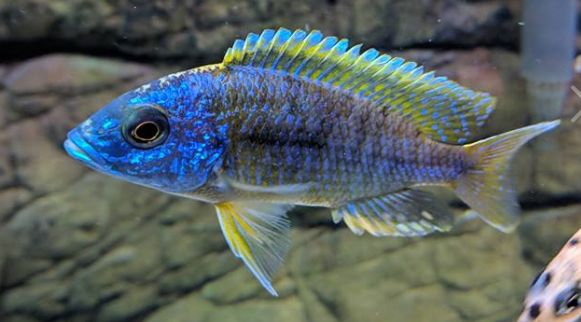
Test Equipment:
- 8 forty-gallon Aquariums (actually four aquariums used twice), six aquariums being bare bottom.
- Well water (pH of 8.1)
- Ammonium sulfate fertilizer
- Various Filters
- No filter, only an air stone with 1 inch gravel
- Marineland Penguin Bio-wheel Power filter 200 GPH
- Aquaneat Aquarium Bio Sponge Filter 60 gallon air operated
- Seachem Tidal Power Filter 55
- SunSun HW304B Canister filter
- Pen Plax Premium Under-gravel filter, 40-55 gallon with one inch of aquarium gravel with air stone lift
- Homemade ten-gallon sump 2 chamber (25% pump section) with no mechanical filtration, filled with stationary K1 media
- Homemade ten-gallon sump 2 chamber (25% pump section) with no mechanical filtration, filled with 60% fluidized K1 media
- Various metric syringes and graduated measuring cylinders
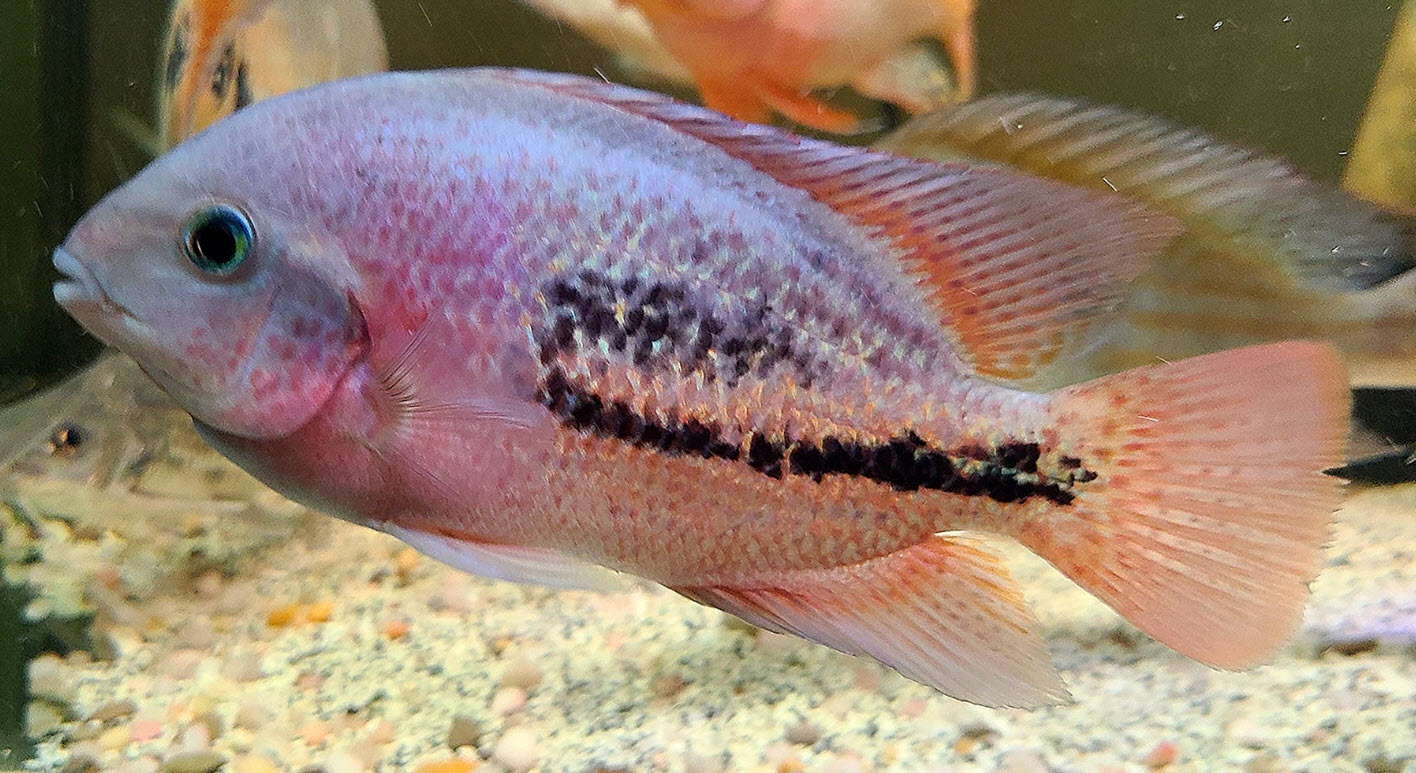
Results
So by the test above even a cartridge hang-on-back filter can oxidize the ammonia of heavy stockings of fish, IF THE FILTER ISN’T CLEANED OR CHANGED.
This is a very low requirement for ammonia oxidation and is the reason that even small cartridge filters with poor media can do decent ammonia oxidation if the cartridges are not replaced once a month. This comes down to a simple guideline:
.
Ammonia oxidation is easy and does not require a large top end filter
.
Cory at Aquarium Co-op has an excellent video (presented courtesy of Ben Ochart) where he talks about how little surface area is actually needed to do ammonia oxidation. Cory said he had only seen ammonia spikes and readings in newly set up aquariums. He had never seen them in aquariums that had been established for several months, regardless of the filter media or the filter.
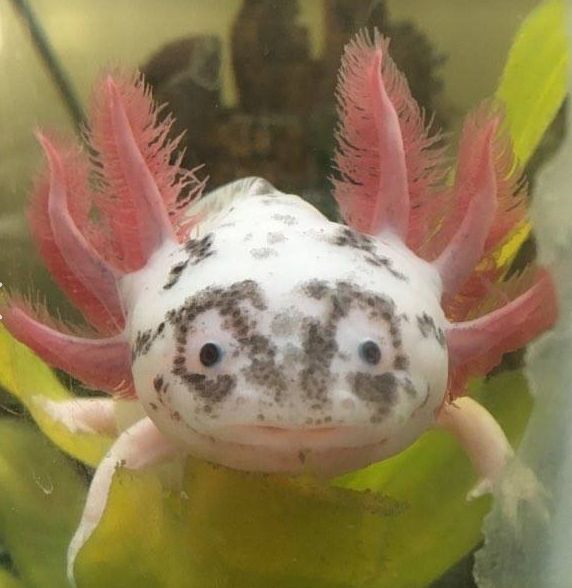
Thinking about it I would have to echo that. Regardless of the filter or the filter media I’ve never seen ammonia in any aquarium over three months old. And I’ve had many tanks with some extremely heavy stocking for some fifty years.
What I have had in many aquariums is dull semi-cloudy water. This dull semi-cloudy water is always accompanied by lots of disease: fish TB, hole-in-the-head, septicemia, epistylis, tetrahymena, etc. All these problems did not occur in aquariums with “over-filtration” with the better filter media. The reason has to do with the bacterial count in the water. If one has ten to twenty times more filter media effective surface area than ammonia oxidation requires, one will have clear bacteria free water with healthy fish. This is the point Cory did not discuss.
There are frequent posts on social media about ammonia spikes in established aquariums. Invariable it turns out that the person has a cartridge filter and is replacing the cartridges per the instructions which came with the filter. Every time they do this they start the aquarium on a new cycle. It is not the aquarium which is cycled, it is the media inside the filter that is cycled.
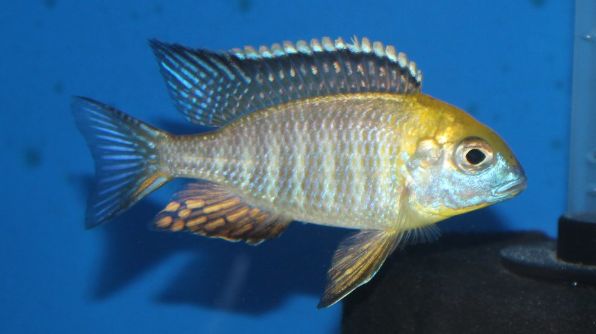
Crystal Clear Water
A test on filter media and water clarity was run. This test showed that water clarity, i.e. “crystal clear water” was only obtained with some 20 times the surface area of simple ammonia oxidation. The filter test above thus indicates that, with heavy fish loading, sponge filters and hang-on-back filters will not produce crystal clear water, under-gravel and canisters may or may not produce crystal clear water and sumps will definitely produce crystal clear water.
But with light loading (10% of the heavy loading) all the filters can all produce clear water with enough time to mature. Note this is a VERY ROUGH approximation! There are a huge number of variables which affect this number in very unpredictable ways.
This test can be examined in more depth in the following link:
7.1.3. Filter Media Test
.
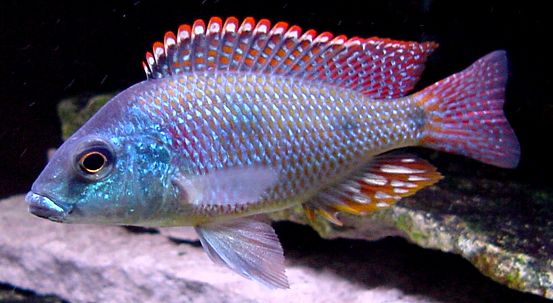
Belief Perseverance Effect
Many people who spent a great deal of money on the filter they have will say this test is wrong for this reason and that reason. This is the psychological phenomenon of “belief perseverance effect” which we all fall prey to at times.
.
“Nothing dies harder than a lie that people want to believe” Calvin
.
Mention that you have found great success with cheap under-gravel filters on any FaceBook aquarium forum and just watch the “belief perseverance effect” come out in droves.
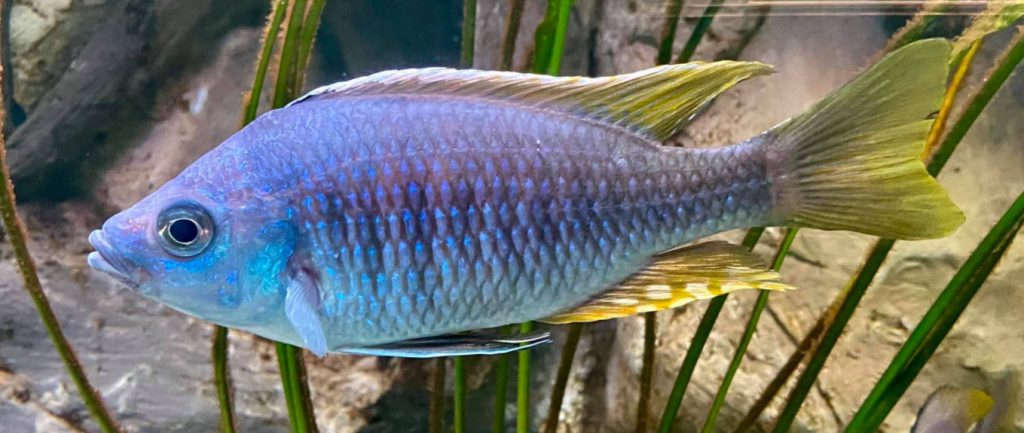
.
Return to Filter Menu
.
Aquarium Science Website
The chapters shown below or on the right side in maroon lead to close to 400 articles on all aspects of keeping a freshwater aquarium. These articles have NO links to profit making sites and are thus unbiased in their recommendations, unlike all the for-profit sites you will find with Google. Bookmark and browse!
.

Brandon says
I absolutely love science and I’m thankful for these studies. Nothing better than learning something new and putting it to use, but most importantly applying logic and the scientific method to life so that we don’t waste our time doing futile things. Good references btw!